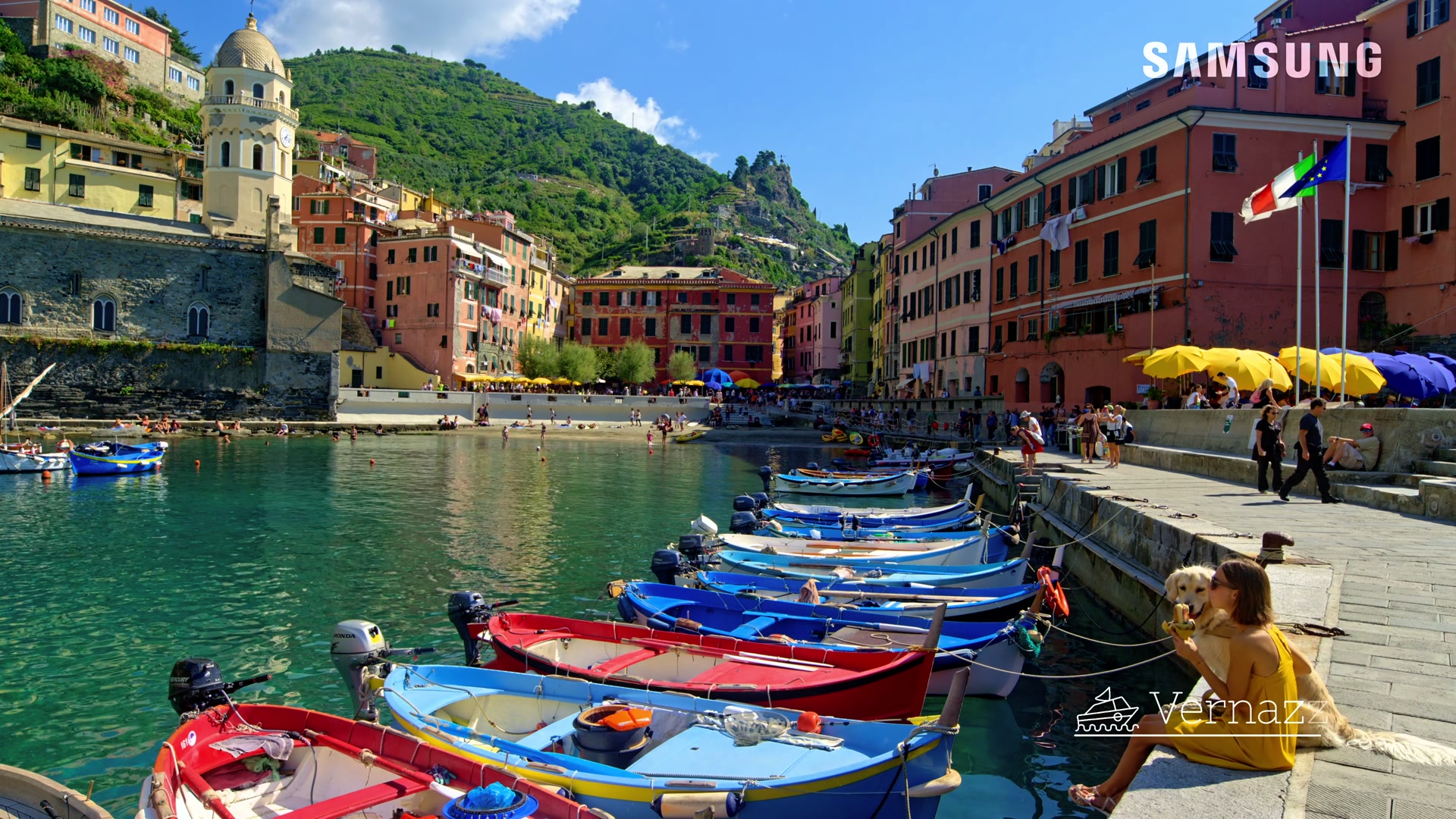New Stunning Automated HDR to SDR Conversion Self Services
Contact us
to open a Conversion Account
Background - SDR+ During SDR to HDR Transition
As SDR is the dominant distribution format for the foreseeable future,
its quality should be of utmost importance. HDR production should not only achieve future-proof production,
with minor distribution goals to begin with, it should also give much better SDR to justify
its cost while benefitting viewership at large. Unfortunately, the backward-compatible version of SDR from HLG,
or LUT based SDR from HDR only achieve degraded SDR, which could negatively impact viewership.
High quality, low cost, automated conversion to SDR from HDR has always been a technical challenge.
After years of research and development, isovideo brings their unparalleled quality HDR to SDR+ tone mapping to the market
as a new Viarte self-service, immediately available.
SDR+ offers uncompromised immersive viewing experience on any SDR display
with much improved detail, including shadows, contrast, highlights and color.
It is universally distributable using existing SDR infrastructure,
including dual format OTT and Bluray, and is also a good alternative for SDR broadcast during the HDR transition period.
Advantages of Viarte HDR to SDR+ Tone Mapping:
-
HDR to SDR+ true global tone mapping allows the preservation of HDR creative intent,
by keeping optimal detail throughout, with minimum bright color saturation,
and therefore minimal loss of HDR detail, accurate color
and brightness impression, while complying with Rec709.
SDR+ takes full advantage of the eye's logarithmic response, so
even though absolute highlight levels are reduced from HDR, a substantially enhanced immersive viewing impact
is nevertheless achievable on most content.
Depending on the input HDR range, up to 100,000:1 (vs 300:1 for SDR) contrast ratio can be effectively perceived within Rec709 SDR+.
-
Viarte tone-mapped SDR+ capabilities were previously associated only with either manual HDR to SDR tone mapping,
or all-HDR systems. Consequently, Viarte tone mapped results are much more immersive than with other
backward-compatible SDR, which uses simple curves that squash local contrast and color differences, and thus
appears dull, with washed-out
color by comparison. Simple local tone mapping is also subject to flicker and unnatural appearance at object
boundaries.
-
No input metadata is required. It is easy to use, and configurable to suit a wide range of preferences.
-
SDR+ supports viewing at a higher ambient lighting level.
The experience of looking out of a bright window from within a dark room can now look immersively natural in SDR+.
-
Tone mapping from ST2084 (PQ at up to 10000 nits) is supported down to, for example, 1000 nits in ST2084,
HLG (ARIB STD-B67), or rec709. Other transfer function supported include Sony S-log2 and S-log3.
Color conversion (between ACES, BT2020, DCI-P3-D65, rec601, rec709, S-gamut3, etc.) is also performed as necessary.
Constant and non-constant luminance color matrixing is supported.
-
Tone mapping, in conjunction with viarte MC noise reduction, achieves a combination of amazing picture quality
and significant bandwidth savings beyond HEVC/AVC. Please check out our latest publication
"HEVC Results from MC Noise Reduction of HDR Content",
April 2016.
-
OTT service providers can now offer flexibility in HDR delivery options, depending on the target display capabilities, such
as current Gamma SDR displays, the newer HDR10-capable TVs, or the ultimate HDR Dolby Vision displays.
Please
contact us
if you need more information, or want to request a free trial.

